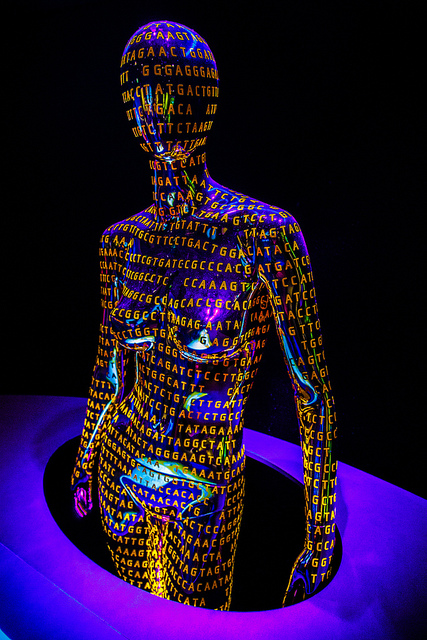The next 20 years of human genomics must be more equitable and more open
By Nature Staff,
Nature
| 02. 10. 2021
The first drafts of the human genome, published in Nature and Science 20 years ago, flung open the doors for what some predicted would be ‘biology’s century’. In just one-fifth of the century, the corpus of information has grown from two gappy and error-filled genome sequences to a full account of the genetic variation of hundreds of thousands of individuals around the world, and an increasing number of tools to study it. This special issue of Nature examines how far the human genome sequence has taken us, and how far we have to go. But some aspects of the research ecosystem around the human genome have hardly changed, and that remains a concern.
Many of the ethical, legal and social implications of genome research — including questions of privacy, informed consent and equitable representation of researchers and participants — remain unresolved. Moreover, free and open access to genome data remains unevenly implemented. Just this week, researchers pointed out the problems caused by lack of accessibility to coronavirus genomes in the middle of a pandemic. Researchers, funders and journals will...
Related Articles
By Jonathan Matthews, GMWatch | 12.11.2025
In our first article in this series, we investigated the dark PR tactics that have accompanied Colossal Bioscience’s de-extinction disinformation campaign, in which transgenic cloned grey wolves have been showcased to the world as resurrected dire wolves – a...
By Jenny Lange, BioNews | 12.01.2025
A UK toddler with a rare genetic condition was the first person to receive a new gene therapy that appears to halt disease progression.
Oliver, now three years old, has Hunter syndrome, an inherited genetic disorder that leads to physical...
By Simar Bajaj, The New York Times | 11.27.2025
A common cold was enough to kill Cora Oakley.
Born in Morristown, N.J., with virtually no immune system, Cora was diagnosed with severe combined immunodeficiency, a rare genetic condition that leaves the body without key white blood cells.
It’s better...
By Rachel Hall, The Guardian | 11.30.2025
Couples are needlessly going through IVF because male infertility is under-researched, with the NHS too often failing to diagnose treatable causes, leading experts have said.
Poor understanding among GPs and a lack of specialists and NHS testing means male infertility...




